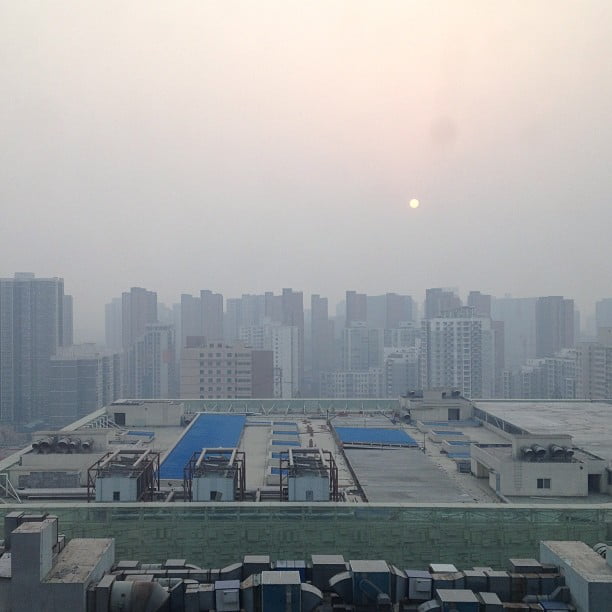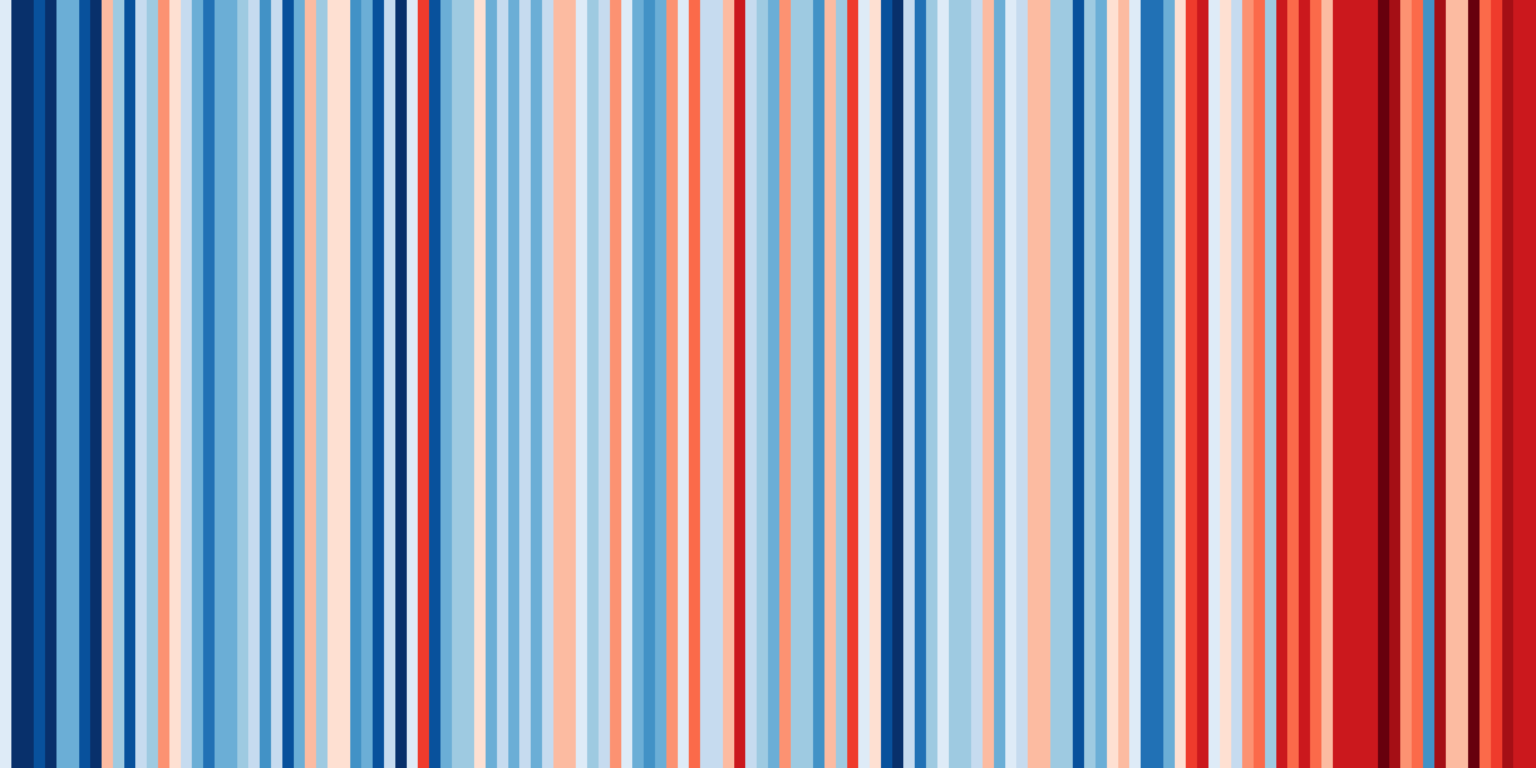Country Background Information: Nigeria

Nigeria has the highest population in Africa. 51% of its population lives in urban areas, an 18% increase over the last 10 years. Half the population of the country lives below the International Poverty Line, driven by ethnic conflict, political instability and income inequality. Source: Flickr / Robert

Gender inequality is a major issue in Nigeria. In 2007, 64% of boys and 58% of girls of primary school age were in school. Nigeria has the highest number of children out of school in the world. Source: Flickr / Mark Fischer

Nigeria is the 13th largest producer of oil in the world. Its oil and gas sector accounts for about 10% of GDP, while petroleum exports revenue represents over 86% of total exports revenue. However, it employs only a tiny fraction of the population and conflict limits productivity. Source: Flickr / e.r.w.i.n.

Agriculture and food production is the main source of livelihood and largest economic sector in Nigeria, despite the prominence of the oil industry. Its main crops are rice and cassava, with a heavy reliance on rainfall. Source: Flickr / Andrew Moore

Situated on a lagoon in Lagos, Nigeria’s largest city, is Makoko – a floating slum village. This community was a result of population explosion and migration of people into the cities. It has about 250,000 residents. The government is working with them to regenerate the area. Source: Flickr / Rainer Wozny, Heinrich-Böll-Stiftung

There are more rural poor than urban poor. Nigeria has the 5th lowest life expectancy of countries worldwide. Source: Flickr / Rainer Wozny, Heinrich-Böll-Stiftung

Nigeria’s unique rainforest is amongst the richest in Africa. The country is also home to numerous important game reserves, such as the Yankari and Kainji national parks. Source: Flickr / Shiraz Chakera

Despite its relatively fast development, infrastructure (e.g. buildings, roads and other communications networks and power supplies) in Nigeria remains inadequate. Nigeria spends about US$6 billion (5% of GDP) per year for infrastructure development, however, the Asian Development Bank recommends that for a developing country to sustain growth, it has to spend at least 6% of its GDP on infrastructure. Source: Flickr / Jollof Malt

Cocoa is the main agricultural export of Nigeria. However, production has been declining in the last five years. Apart from policy challenges, cocoa production is sensitive to increase in temperature and reduced rainfall. Source: Flickr / Jollof Malt

Around two-thirds of the total land area of Nigeria is experiencing desertification. Desertification happens because of high temperatures and low rainfall which results in land being unable to support vegetation or the growth of plants. Source: Flickr / Jeff Attaway
Further Materials (higher level learners) – Nigeria
- Behind the rise of Boko Haram – ecological disaster, oil crisis, spy games from the Guardian.
- Nigeria must lead on Climate Change
- Nigeria’s self-assessment of its vulnerability to climate change, submitted to the UNFCC in 2020
- World Bank report into Nigerian development.
- Nigerian government climate change site
- RGS resource on climate change in Nigeria
- Projections on climate change in Nigeria
- An article looking at the link between climate and school attendance in Nigeria.
- Nigeria’s farmers need help with Climate Change
General Information
- Background Information from the UN
- A good overview from the World Bank.
- World Bank Africa Climate Business Plan
- CCAFS big facts
- En-Roads 2100 climate simulator
- A history of climate change negotiations and another one.
- A guide to COP21 in Paris from the Guardian.










































































 This work was funded by the
This work was funded by the 
